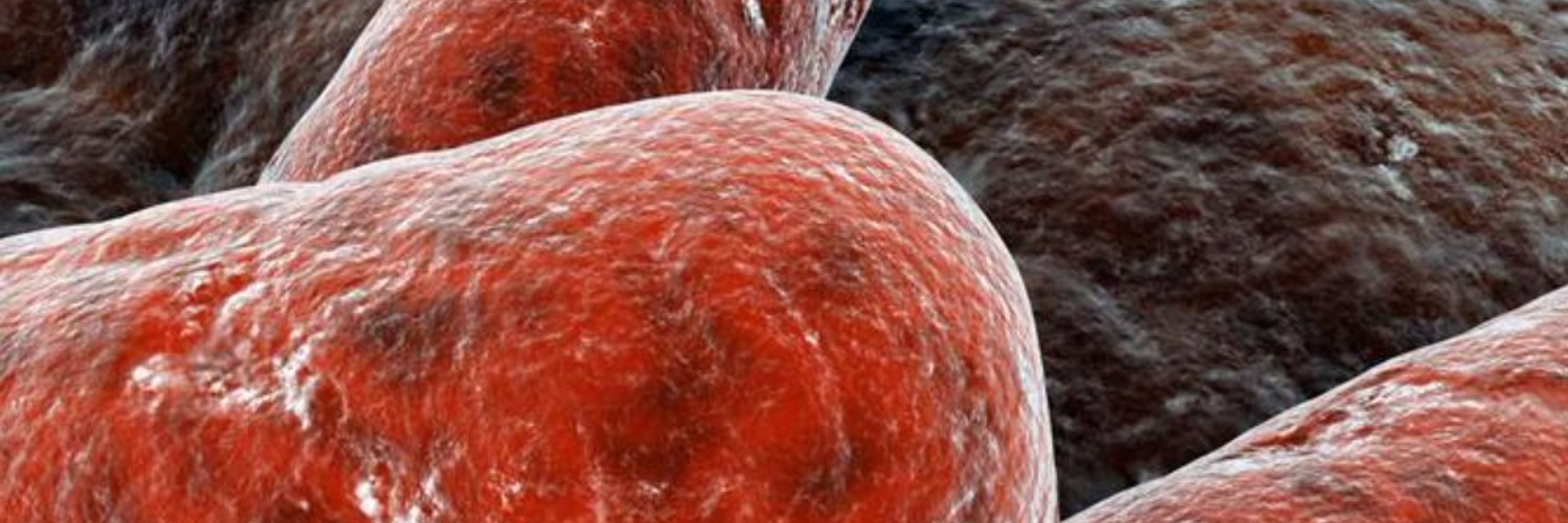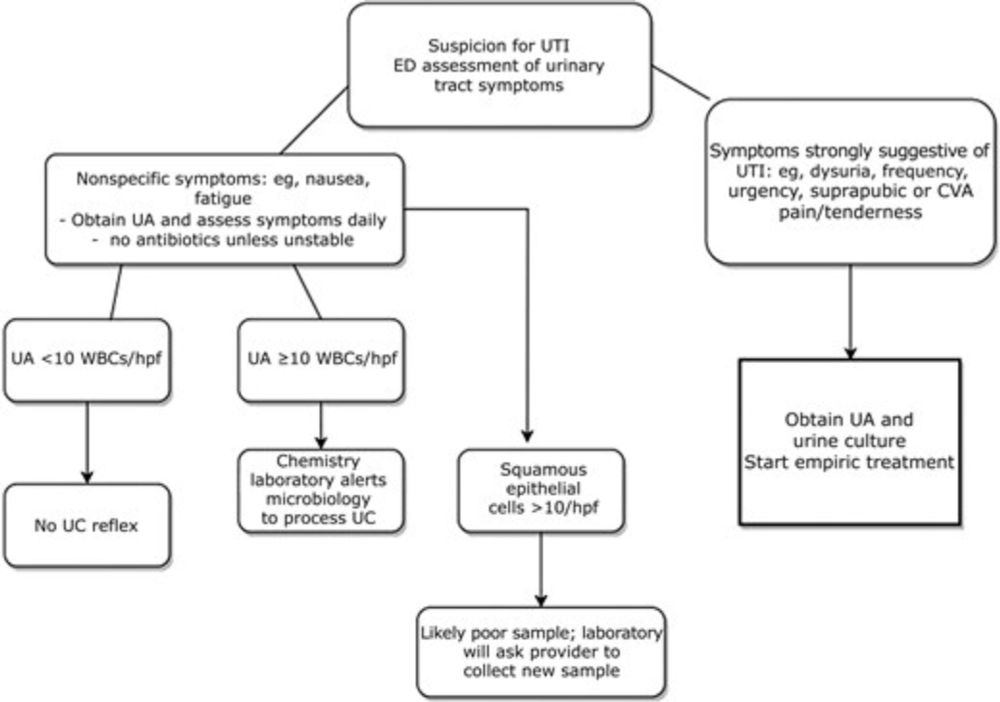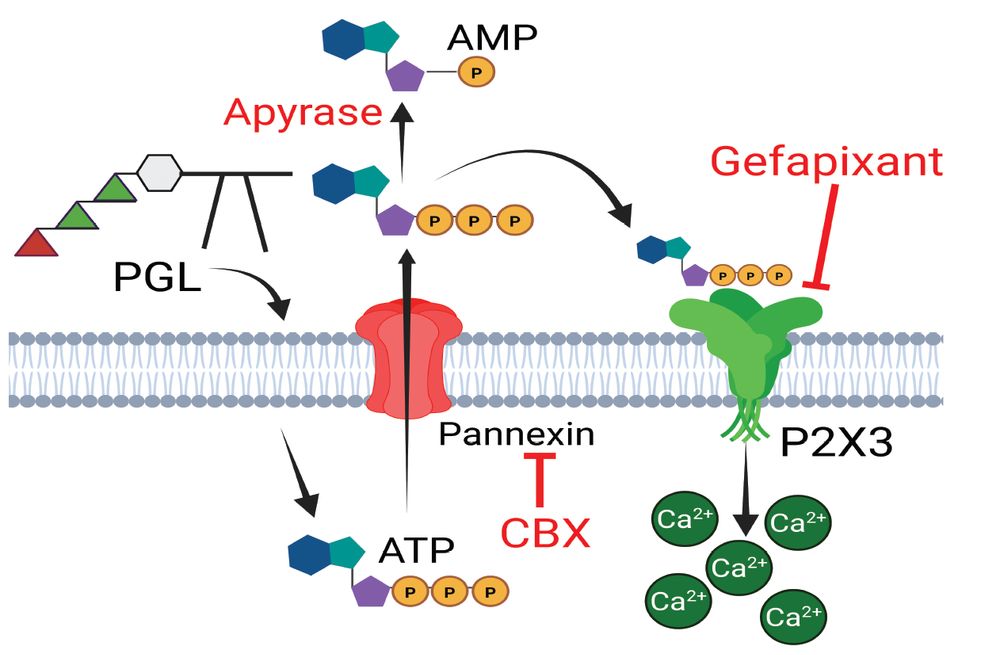
Michael Shiloh, MD, PhD
@michaelshiloh.bsky.social
Physician-scientist at UT Southwestern Medical Center (Infectious Diseases; Immunology; Microbiology; Neuroimmunology). All views my own.
Lab website: https://labs.utsouthwestern.edu/shiloh-lab
Lab website: https://labs.utsouthwestern.edu/shiloh-lab
Many thanks to @niaidnews.bsky.social for their support for this work. This project was done at UTSW @utswim.bsky.social in the Division of Infectious Diseases @utswinfdis.bsky.social.
August 8, 2025 at 6:05 PM
Many thanks to @niaidnews.bsky.social for their support for this work. This project was done at UTSW @utswim.bsky.social in the Division of Infectious Diseases @utswinfdis.bsky.social.
Together, these results identify USP15 as a conserved and targetable suppressor of xenophagy. Inhibiting USP15 could boost the host’s own ability to control Mtb, indicating a potential path for host-directed TB therapy to augment existing antibiotics or shorten treatment duration.
August 8, 2025 at 6:05 PM
Together, these results identify USP15 as a conserved and targetable suppressor of xenophagy. Inhibiting USP15 could boost the host’s own ability to control Mtb, indicating a potential path for host-directed TB therapy to augment existing antibiotics or shorten treatment duration.
A selective small-molecule USP15 inhibitor mimicked the genetic effects of knocking down USP15 in most human donors tested, lowering Mtb burden without harming the host cells.
August 8, 2025 at 6:05 PM
A selective small-molecule USP15 inhibitor mimicked the genetic effects of knocking down USP15 in most human donors tested, lowering Mtb burden without harming the host cells.
We saw the same effects in primary mouse macrophages and in human monocyte-derived macrophages. Even partial knockdown of USP15 reduced Mtb growth and increased LC3 targeting.
August 8, 2025 at 6:05 PM
We saw the same effects in primary mouse macrophages and in human monocyte-derived macrophages. Even partial knockdown of USP15 reduced Mtb growth and increased LC3 targeting.
The picture became clearer when we looked at PARKIN. This E3 ligase normally promotes K63 ubiquitination of Mtb, leading to it's destruction. Depleting PARKIN reversed the enhanced antibacterial effects seen in USP15-deficient cells, pointing to a direct antagonism between PARKIN and USP15.
August 8, 2025 at 6:05 PM
The picture became clearer when we looked at PARKIN. This E3 ligase normally promotes K63 ubiquitination of Mtb, leading to it's destruction. Depleting PARKIN reversed the enhanced antibacterial effects seen in USP15-deficient cells, pointing to a direct antagonism between PARKIN and USP15.
Restoring wild-type USP15 to macrophages genetically lacking USP15 rescued Mtb growth, while a catalytically inactive mutant did not — highlighting the importance of USP15's enzymatic activity for its immune-suppressive role.
August 8, 2025 at 6:05 PM
Restoring wild-type USP15 to macrophages genetically lacking USP15 rescued Mtb growth, while a catalytically inactive mutant did not — highlighting the importance of USP15's enzymatic activity for its immune-suppressive role.
Without USP15, K63 ubiquitin piled onto Mtb-associated structures, LC3 recruitment increased, and bacterial replication was reduced. Blocking autophagy initiation removed this benefit, showing the effect depends on canonical autophagy.

August 8, 2025 at 6:05 PM
Without USP15, K63 ubiquitin piled onto Mtb-associated structures, LC3 recruitment increased, and bacterial replication was reduced. Blocking autophagy initiation removed this benefit, showing the effect depends on canonical autophagy.
We screened murine deubiquitinases for effects on intracellular Mtb growth. One stood out — USP15. Knocking it down or knocking it slowed the growth of Mtb in macrophages.
August 8, 2025 at 6:05 PM
We screened murine deubiquitinases for effects on intracellular Mtb growth. One stood out — USP15. Knocking it down or knocking it slowed the growth of Mtb in macrophages.
Macrophages can mark Mtb-associated structures with K63-linked ubiquitin, drawing in LC3 and the autophagy machinery to degrade the bacteria. But some host enzymes remove these marks, tipping the balance in favor of the pathogen.
August 8, 2025 at 6:05 PM
Macrophages can mark Mtb-associated structures with K63-linked ubiquitin, drawing in LC3 and the autophagy machinery to degrade the bacteria. But some host enzymes remove these marks, tipping the balance in favor of the pathogen.
Similar to this study.
academic.oup.com/ofid/article...
academic.oup.com/ofid/article...

A Diagnostic Stewardship Success: Implementing a Urine Culture Reflex Policy in the Emergency Department of a Large Safety-Net Hospital
AbstractBackground. Urinalyses and urine cultures (UCs) are frequently ordered simultaneously in emergency departments (EDs) to increase efficiency and dec
academic.oup.com
July 30, 2025 at 12:07 AM
Similar to this study.
academic.oup.com/ofid/article...
academic.oup.com/ofid/article...
I get the cartoonist's point, but, if I'm going to be pedantic (and scientifically accurate), since measles is an airborne disease with the highest transmissibility of all pathogens, the girl on the left would have been exposed/infected in the top left panel.
May 9, 2025 at 8:04 PM
I get the cartoonist's point, but, if I'm going to be pedantic (and scientifically accurate), since measles is an airborne disease with the highest transmissibility of all pathogens, the girl on the left would have been exposed/infected in the top left panel.
I wish I could find it online, but 30 years ago my PhD advisor had a cartoon on his door (maybe New Yorker?), with 3 spinning-wheels. On one was "eggs, butter, fat, sugar, coffee, etc.", then "causes, cures, etc." and the last "cancer, heart disease, stroke, etc." So, I think the answer is "yes".
May 8, 2025 at 7:08 PM
I wish I could find it online, but 30 years ago my PhD advisor had a cartoon on his door (maybe New Yorker?), with 3 spinning-wheels. On one was "eggs, butter, fat, sugar, coffee, etc.", then "causes, cures, etc." and the last "cancer, heart disease, stroke, etc." So, I think the answer is "yes".
Thank you Olivier!
May 7, 2025 at 11:44 AM
Thank you Olivier!
Thank you Kat!
May 7, 2025 at 11:43 AM
Thank you Kat!
This project would not have been possible without the financial support of @niaidnews.bsky.social ws.bsky.social, @bwfund.bsky.social nd.bsky.social, and @thewelchfoundation.bsky.social. 14/14
tenor.com/view/ted-las...
tenor.com/view/ted-las...

Ted Lasso Thank You GIF - Ted lasso Thank you Mercy buckets - Discover & Share GIFs
Click to view the GIF
tenor.com
May 6, 2025 at 6:12 PM
This project would not have been possible without the financial support of @niaidnews.bsky.social ws.bsky.social, @bwfund.bsky.social nd.bsky.social, and @thewelchfoundation.bsky.social. 14/14
tenor.com/view/ted-las...
tenor.com/view/ted-las...
All credit belongs to Kubra Naqvi, PhD (not yet on Bluesky), who led this project from the start. We are also indebted to our chemistry collaborators at @unileiden.bsky.social and neuroscience collaborators @utdpaincenter.bsky.social. 13/14
May 6, 2025 at 6:12 PM
All credit belongs to Kubra Naqvi, PhD (not yet on Bluesky), who led this project from the start. We are also indebted to our chemistry collaborators at @unileiden.bsky.social and neuroscience collaborators @utdpaincenter.bsky.social. 13/14
Please check out and share our preprint relating to the aerobiology of one of the most successful human pathogens, Mtb. 12/14 @idsainfo.bsky.social sky.social @utswinfdis.bsky.social is.bsky.social @carlzimmer.com
#InfectiousDisease #Purinergic #DrugDiscovery
www.biorxiv.org/content/10.1...
#InfectiousDisease #Purinergic #DrugDiscovery
www.biorxiv.org/content/10.1...

Mycobacterial Phenolic Glycolipid Triggers ATP-Mediated Neuronal P2X3 Signaling and Cough
Cough drives respiratory pathogen transmission, yet how microbes directly engage host sensory neurons to trigger cough is largely unknown. We previously demonstrated that the Mycobacterium tuberculosi...
www.biorxiv.org
May 6, 2025 at 6:12 PM
Please check out and share our preprint relating to the aerobiology of one of the most successful human pathogens, Mtb. 12/14 @idsainfo.bsky.social sky.social @utswinfdis.bsky.social is.bsky.social @carlzimmer.com
#InfectiousDisease #Purinergic #DrugDiscovery
www.biorxiv.org/content/10.1...
#InfectiousDisease #Purinergic #DrugDiscovery
www.biorxiv.org/content/10.1...
We propose that Mtb evolved to produce multiple neuron activating molecules to co-opt the host cough reflex, thus facilitating its own spread from person to person. Therapeutically, P2X3 antagonists may help reduce airborne transmission of Mtb. 11/14
May 6, 2025 at 6:12 PM
We propose that Mtb evolved to produce multiple neuron activating molecules to co-opt the host cough reflex, thus facilitating its own spread from person to person. Therapeutically, P2X3 antagonists may help reduce airborne transmission of Mtb. 11/14
PGL triggers rapid extracellular ATP release from host cells through pannexin channels. ATP then binds neuronal P2X3 purinergic receptors. Blocking P2X3 with a specific antagonist inhibits PGL-mediated neuronal activity. ⚠️. #anti-tussive 10/14

May 6, 2025 at 6:12 PM
PGL triggers rapid extracellular ATP release from host cells through pannexin channels. ATP then binds neuronal P2X3 purinergic receptors. Blocking P2X3 with a specific antagonist inhibits PGL-mediated neuronal activity. ⚠️. #anti-tussive 10/14

